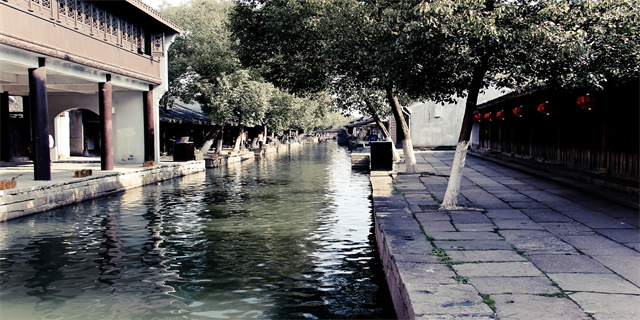Understanding the World of Circles
Introduction:
As we go about our daily lives, we often encounter various shapes and forms. Among these shapes, circles hold a special place – they are found everywhere, from the natural world to human-made structures. Circles have a unique set of properties and a rich history that make them fascinating to explore. In this article, we will delve into the world of circles, taking a closer look at their characteristics, applications, and significance in different areas of life.

Properties and Characteristics of Circles:
Circles are defined as a collection of points that are equidistant from a fixed point called the center. This simple definition is the foundation for various properties that circles possess. One of the most well-known properties of a circle is that it has no straight lines – all parts of a circle are curved. Additionally, the distance from the center of the circle to any point on its circumference remains constant, regardless of the position. This distance is known as the radius, denoted by the letter 'r'. Another important characteristic of a circle is the diameter, which is a straight line passing through the center and connecting two points on the circumference. The diameter is always twice the length of the radius.

Applications of Circles:
Circles play a significant role in various scientific and practical applications. One of the most prominent applications is in the field of mathematics, where circles are studied extensively in geometry. The properties of circles, such as their radii, circumference, and area, are all important concepts in mathematical calculations. In physics, circles and their rotations are crucial in understanding concepts like angular momentum and circular motion. The engineering field also heavily relies on circles, especially in designing round structures like bridges and tunnels. Moreover, circles find their place in daily life objects like wheels, clock dials, and even coins.
The Symbolism of Circles:
Throughout history, circles have been infused with symbolism and deep meaning. In many cultures, the circle is a symbol of unity, perfection, and infinity. Its continuous and unbroken shape represents endlessness and the cycle of life. The symbolism of circles can be seen in religious symbols such as the Hindu mandala or the Christian halo. The concept of circles also appears in philosophical and spiritual teachings, where it is often associated with harmony, balance, and interconnectedness. Additionally, circles are used in art and design to create harmony and evoke a sense of completeness.
Conclusion:
From their inherent properties to their diverse applications and symbolism, circles continue to captivate our imagination. They are not merely shapes, but rather a representation of fundamental principles found throughout nature and human existence. By delving deeper into the world of circles, we gain a deeper appreciation for their significance and the interconnectedness they symbolize. So, let us embrace the circle and recognize its role in shaping the world we live in.






